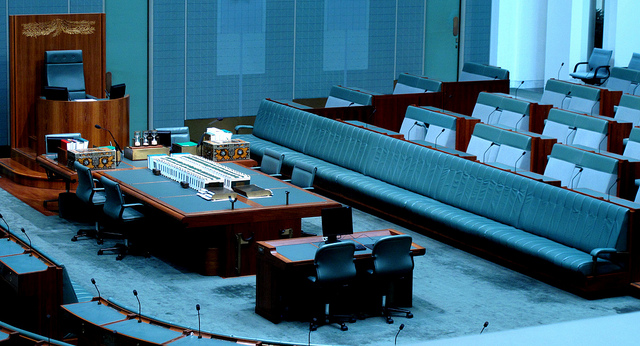An Australian view of nuclear deterrence
No Australian minister has made a full-blooded speech on nuclear deterrence for many a long year—not since the early 1990s, I suspect. In truth, that’s not surprising: it’s been proliferation that’s grabbed all the attention since then. Moreover, talking about nuclear weapons requires the speaker to perform a delicate balancing act between upholding the current reliance upon nuclear weapons and endorsing a longer-term post-nuclear vision. Because nuclear weapons are—by their nature—scary, the speech has to contain core elements of reassurance and moderation. And there are no votes in it.
True, a succession of governments over the last couple of decades have nailed their colours to the mast on deterrence as part of formal declaratory defence policy. Those wanting to trace the issue through a succession of Defence White Papers (DWPs) since the end of the Cold War should have a look at paragraph 9.7 in the 1994 DWP, paragraph 5.15 in the 2000 DWP, paragraph 6.34 in the 2009 DWP, and paragraph 3.41 in the 2013 DWP. Echoes from those DWPs can subsequently be heard in other ministerial comments—in Stephen Smith’s response to the International Commission on Nuclear Non-proliferation and Disarmament report of late 2009, for example. Read more





